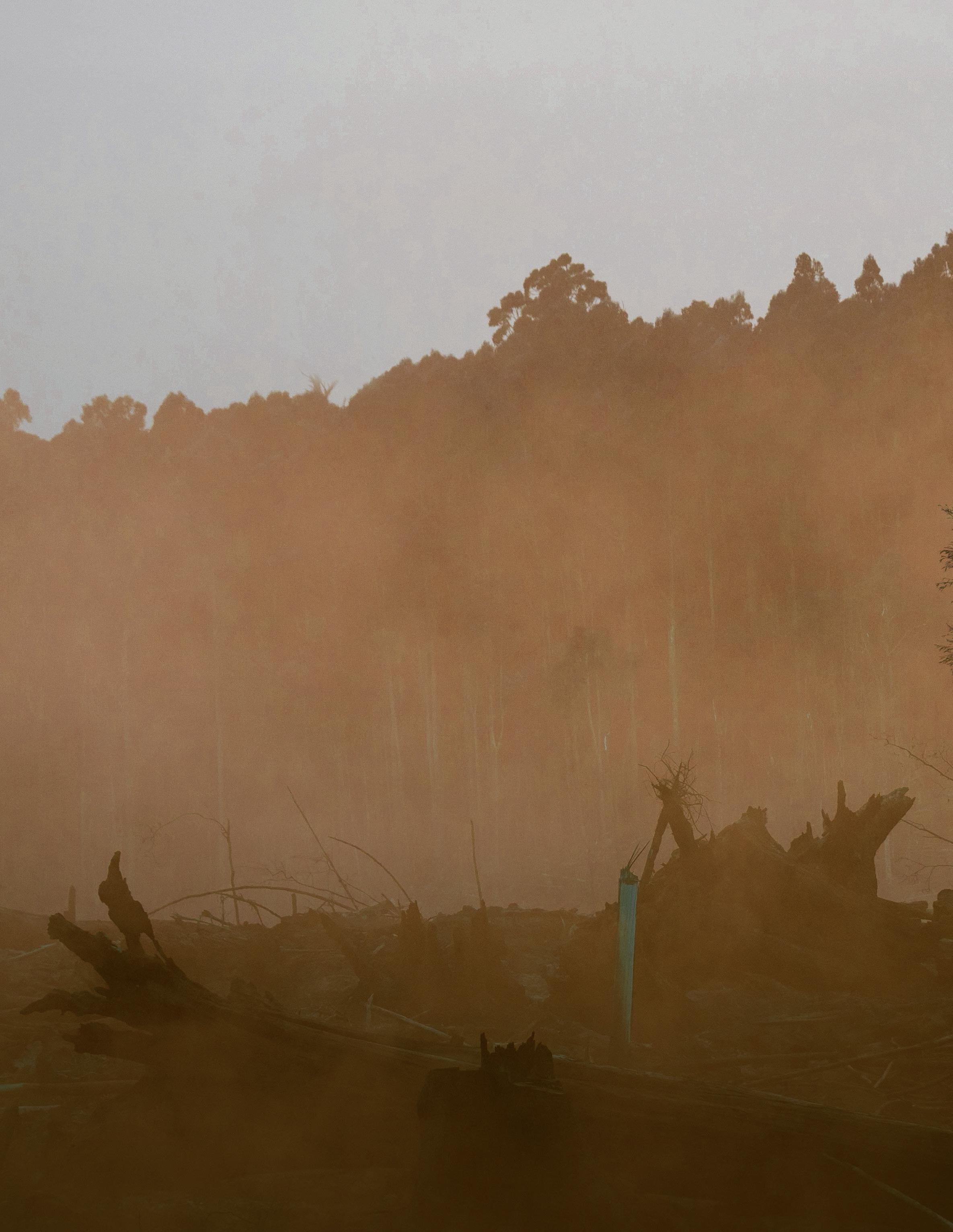
3 minute read
RIDING THE WAVES DOWN UNDER
L3Harris Technologies demonstrated field-readiness of the newly developed Advanced Networking Wideband ANW2®D waveform during a large-scale demonstration at the Shoalwater Bay Training Area in Queensland, Australia.
Over five days and covering an area roughly the size of the state of Rhode Island, the L3Harris team tested the ANW2D waveform for data capacity, scalability and its ability to handle voice and data across an extended network.
Advertisement
“I think the collaboration working together with the ADF and companies, and, in this case, L3Harris is absolutely critical to the success of the program,” said Alan Callaghan, president and managing director of L3Harris Communications Australia.”We relish the opportunity, such as field exercises, to get with the end users and investigate and address issues and challenges as a team, which is what it should all be about – being one team.”
In the 12 months leading up to the activity, the L3Harris team supporting the Australia-based LAND 200-2 Tactical Communications Network (TCN) conducted two lab demonstrations involving 40 and 81 nodes. But theories are for the lab, and practice is for the field — and, in this case the field could not be any more challenging. In addition to the long distances, the terrain at the Shoalwater Bay Training Area featured dense tropical and sub-tropical foliage, significant mountain ranges and steep canyons. None of the topography was friendly for sending radio signals between fixed positions, let alone mobile operators traveling along roads that were typically at the valley floor.
The Objective: Demonstrate to the Australian Army that the ANW2®D waveform is field-ready to perform as a key asset in their future battlefield network.
“The digitalization of the TCN offers us that advantage, and, similarly when we get into weapons integration of the battle management system that the TCN enables, [it] is a real game changer,” said Col. Deane Limmer, director of the Land, Command, Communications and Control Program for the Australian Army. “The TCN becomes the glue in which we connect broader land capability.”
The demonstration involved 25 Australian Army Mercedes G-Wagon 6x6 vehicles, kitted out with AN/PRC-158 radios and using a customer-developed data analysis tool. During each activity serial, the vehicles were both mobile and static, simulating three combat teams and enabling the Army to test performance against six technical objectives: scalability, waveform ID performance, waveform queue management, capacity, network leave/join times and quality of service. In total, the technical objectives gave the Army a “real-world” assessment of the ANW2D waveform’s performance.
More than 20 L3Harris Australia employees provided radio installation, operation, training and field support. The Australian Army involved more than 40 uniformed and civilian personnel to provide logistics and direct technical support. Working together over 10 days, numerous exercises simulated realistic deployment patterns.

Col. Deane Limmer Director of Land, Command, Communications and Control Program for the Australian Army

The combination of static and mobile nodes spread across a wide area, with varying terrain, stretched the network. The field activity successfully demonstrated the adaptability of the ANW2D waveform in different deployment scenarios and capabilities, such as simultaneous voice and data. The ANW2D waveform and L3Harris radios were put to a true test when the exercise became very real. Brush fires forced the evacuation of all personnel and resulted in the early conclusion of the field demonstration. The AN/PRC-158 radios using ANW2D were then used to coordinate the evacuation. The radios’ GPS tracking and sharing capabilities were especially helpful to those directing teams to safe routes away from the fires.
While there will be similar exercises as the Australian Army builds its future battlefield network, the field demonstration provided the Army validation that the ANW2D waveform will perform as expected and demonstrated exceptional cooperation between L3Harris and the L200-2 Project Office. In continuous pursuit of excellence, the demonstration yielded helpful technical data and other takeaways L3Harris will use to refine the L200-2 TCN.
“Digitizing the Army is a very difficult thing to do,” said Limmer. “Certainly, the TCN tactical communications networks are at the heart of that challenge, and certainly, it is the core enabler for taking the next step in the Army’s digitization journey.”









